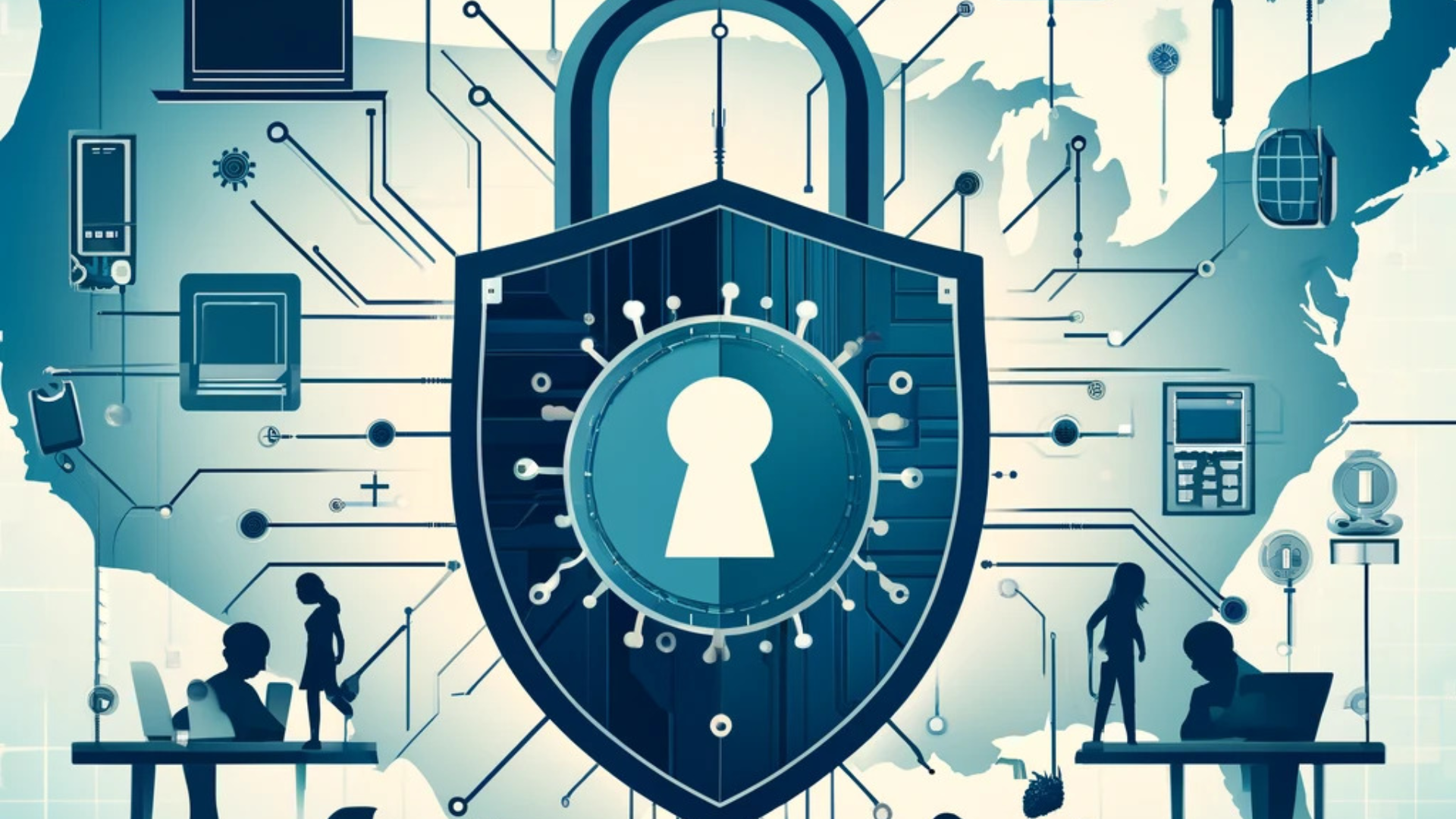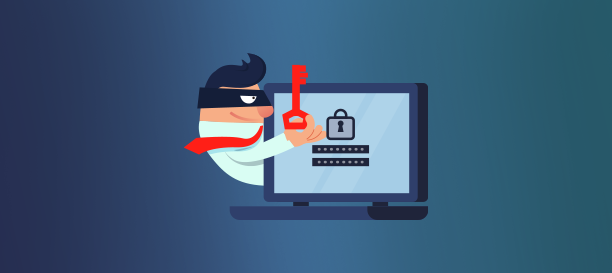The Role of the National Cybersecurity Strategy in Shaping K-12 Technology Acquisitions
In today’s rapidly evolving digital landscape, cybersecurity is no longer an afterthought but a crucial element in every facet of technology, especially in education. The National Cybersecurity Strategy is not just a federal directive but a guiding framework that directly influences K-12 technology acquisitions across the United States. This blog explores how the National Cybersecurity Strategy is reshaping the procurement processes in schools and why these matters for the future of education.
Understanding the National Cybersecurity Strategy’s Impact on K-12 Education
The National Cybersecurity Strategy outlines comprehensive federal initiatives to protect the nation’s digital infrastructure. A significant part of this strategy addresses the unique challenges faced by K-12 schools, where the protection of sensitive student data and the integrity of educational tools are paramount. Schools must now align their technology acquisitions with these federal guidelines to ensure compliance and enhance their cybersecurity posture.
The Role in K-12 Cybersecurity Technology Acquisitions
The national cybersecurity policy involvement in shaping cybersecurity policies has profound implications for K-12 education. By prioritizing cybersecurity at the national level, the administration emphasizes the importance of secure technology infrastructures in schools. This, in turn, influences how school districts select and procure new technologies, ensuring that they meet the highest standards of security as outlined by federal guidelines.
How Cybersecurity Policies Are Changing Technology Procurement in Schools
The impact of the cybersecurity policy on school technology procurement cannot be overstated. Schools are increasingly required to consider cybersecurity as a key factor when making technology purchases. This involves assessing the security features of educational tools, evaluating vendor compliance with federal standards, and ensuring that new technologies can protect against emerging threats.
Federal Guidelines for K-12 Technology Acquisitions
Federal cybersecurity policies for schools have introduced new standards that K-12 institutions must follow when acquiring technology. These guidelines ensure that all educational technologies are equipped to handle the cybersecurity risks associated with digital learning environments. Schools now need to adopt best practices in technology procurement, including thorough vetting of vendors and technologies, to align with the National Cybersecurity Strategy.
Best Practices for K-12 Technology Procurement Under New Cybersecurity Guidelines
With the introduction of the National Cybersecurity Strategy, schools must adopt a more strategic approach to technology acquisition. By implementing Centralized Management, schools can streamline the oversight of their technology infrastructure, ensuring that all devices and systems comply with federal cybersecurity standards and are protected against emerging threats. Here are some best practices for K-12 institutions to follow:
- Vendor Vetting: Schools should choose vendors who comply with federal cybersecurity standards, ensuring that their products are secure and reliable.
- Comprehensive Risk Assessment: Conducting a risk assessment before purchasing new technology helps schools identify potential vulnerabilities.
- Continuous Training: School staff should receive ongoing cybersecurity training to stay updated on the latest threats and protective measures.
- Central Management: By implementing Centralized Management, schools can streamline the oversight of their technology infrastructure, ensuring that all devices and systems comply with federal cybersecurity standards and are protected against emerging threats.
- Collaboration with IT Experts: Engaging with IT professionals who understand federal guidelines can help schools make informed purchasing decisions.
The Future of Technology in K-12 Education
As the National Cybersecurity Strategy continues to evolve, its influence on K-12 technology acquisitions will only grow. Schools that prioritize cybersecurity in their procurement processes will not only comply with federal policies but also create a safer and more secure learning environment for their students. The future of education technology lies in the seamless integration of innovative tools with robust cybersecurity measures, ensuring that students can learn in a protected digital space.
Recommended Solutions for Enhanced Security
To align with federal security policies, schools might consider investing in proven solutions like Sophos Endpoint Protection, which offers advanced threat protection tailored to the unique needs of educational institutions. This product ensures that schools can safeguard their networks against a wide range of cyber threats, providing peace of mind for administrators, teachers, and parents alike.
Conclusion
The National Cybersecurity Strategy is a critical driver of change in the way K-12 schools approach technology acquisitions. By aligning their procurement practices with federal cybersecurity guidelines, schools can protect their students and educational infrastructure from the growing array of digital threats. As we move forward, the intersection of cybersecurity and education technology will continue to be a focal point in shaping the future of learning.
For more information on how Aavex can protect your organization from this threat and others please visit Managed Security or Best Practices or End Point Solutions.










